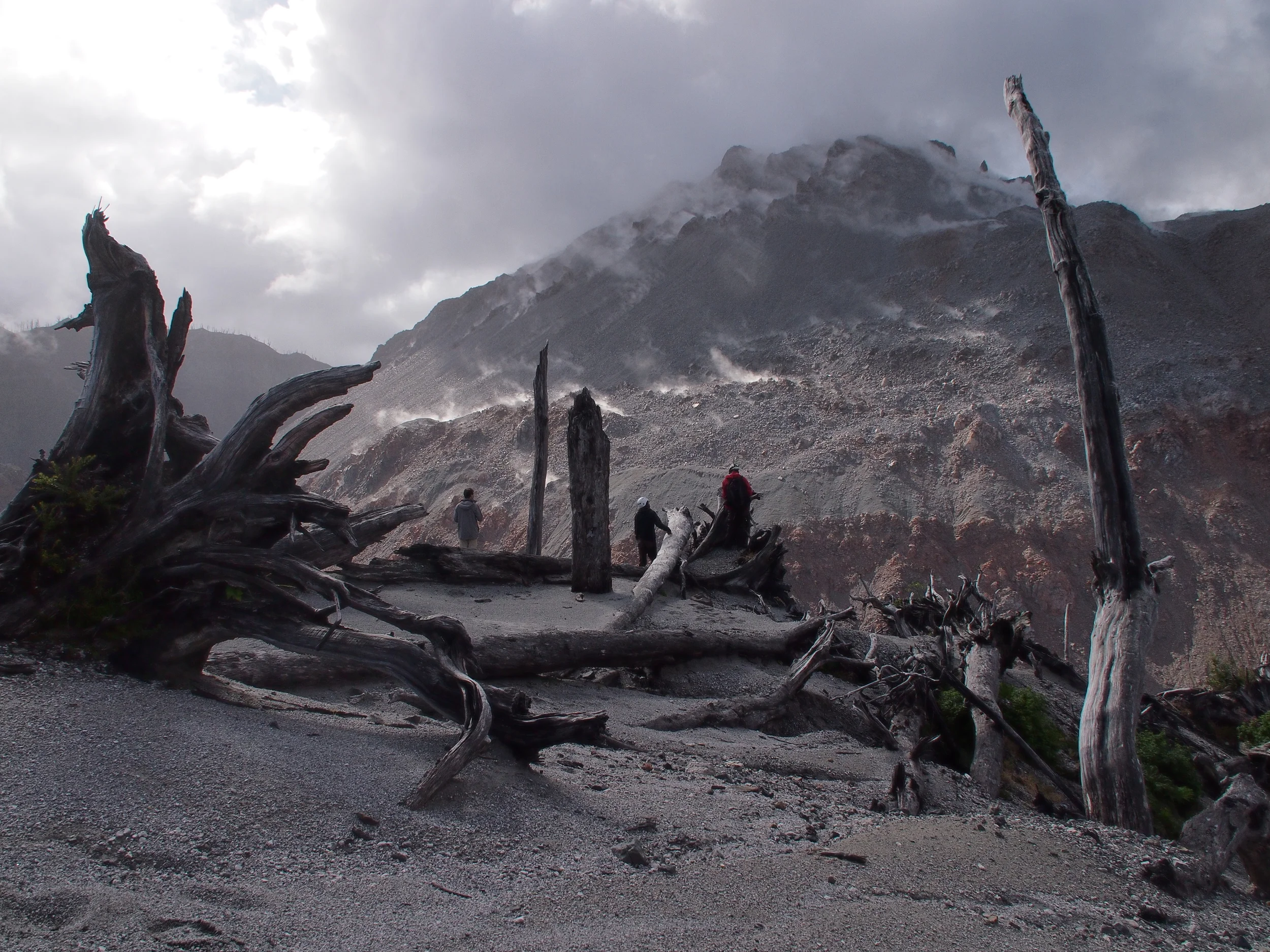It has been nearly two years since the Trail by Fire crew started preparing for their expedition along the South American Andes. With the first four articles from the expedition published, it is now time to look back at what has been learned from this project so far...
Put a Candle in the Window
Welcome to the Jungle: EL REVENTADOR
Only just recovered from the high alpine of Tungurahua, the team had a very different challenge ahead: the savage and verdant Ecuadorian jungle. Multiple sources suggested that to the East of the team's Quito headquarters, beyond the Andes on the Amazonian plain, there lived a character ominously named: EL REVENTADOR a.k.a. “THE EXPLODER”.
Volcanic Valentine
Quintessential Quito
Embers Alight on the Trail By Fire!
Charging up Chaitén
Until 2008, most of Chaitén's residents had no idea they were living in the shadow of an active volcano. On May 2nd, they awoke to an unpleasant surprise: darkened skies and ashfall. Authorities sprung into action and by the end of May 3rd, 4,200 people were evacuated by sea. The eruption intensified over the following days, sending an eruption column 31 km into the sky and a lahar down the valley, laying waste to the town.
The long way to Copahue
From the summits of Nevados de Chillán and Villarica we could see Copahue on the horizon, enticing us with its dark ash rich plume. This three-kilometre-high stratovolcano sits on the Chilean – Argentinean border and is capped by a line of craters with a busy record of activity dating back to ~6820 BCE.
Home sweet Villarrica!
Driving to Villarrica felt like coming home. A few years back, several TBF members spent a month here studying the behaviour of its lava lake. Back then we had to face a series of storms and found ourselves working under the snow and having to dig out our instruments from piles of ice every other morning. The lake level was very low, the gas emissions barely above detection limit and the resulting data not amazing.
Nevados de Chillán
Nevados de Chillán was our first stop in the Southern Volcanic Zone (SVZ) after crossing the Pampean Gap, and we were all looking forward to getting back to work after such a long break. Our clothes had almost lost the odour of sulphur, and we risked having our volcanologist membership cards revoked. Fieldwork in the SVZ felt very different to working in the north.









